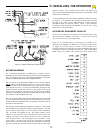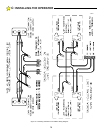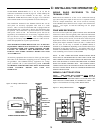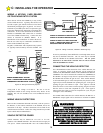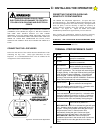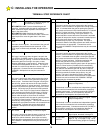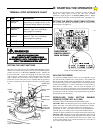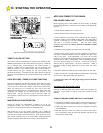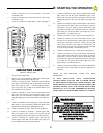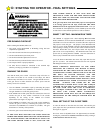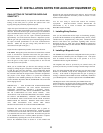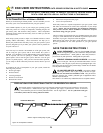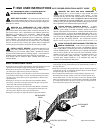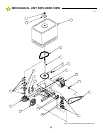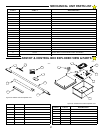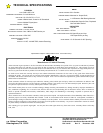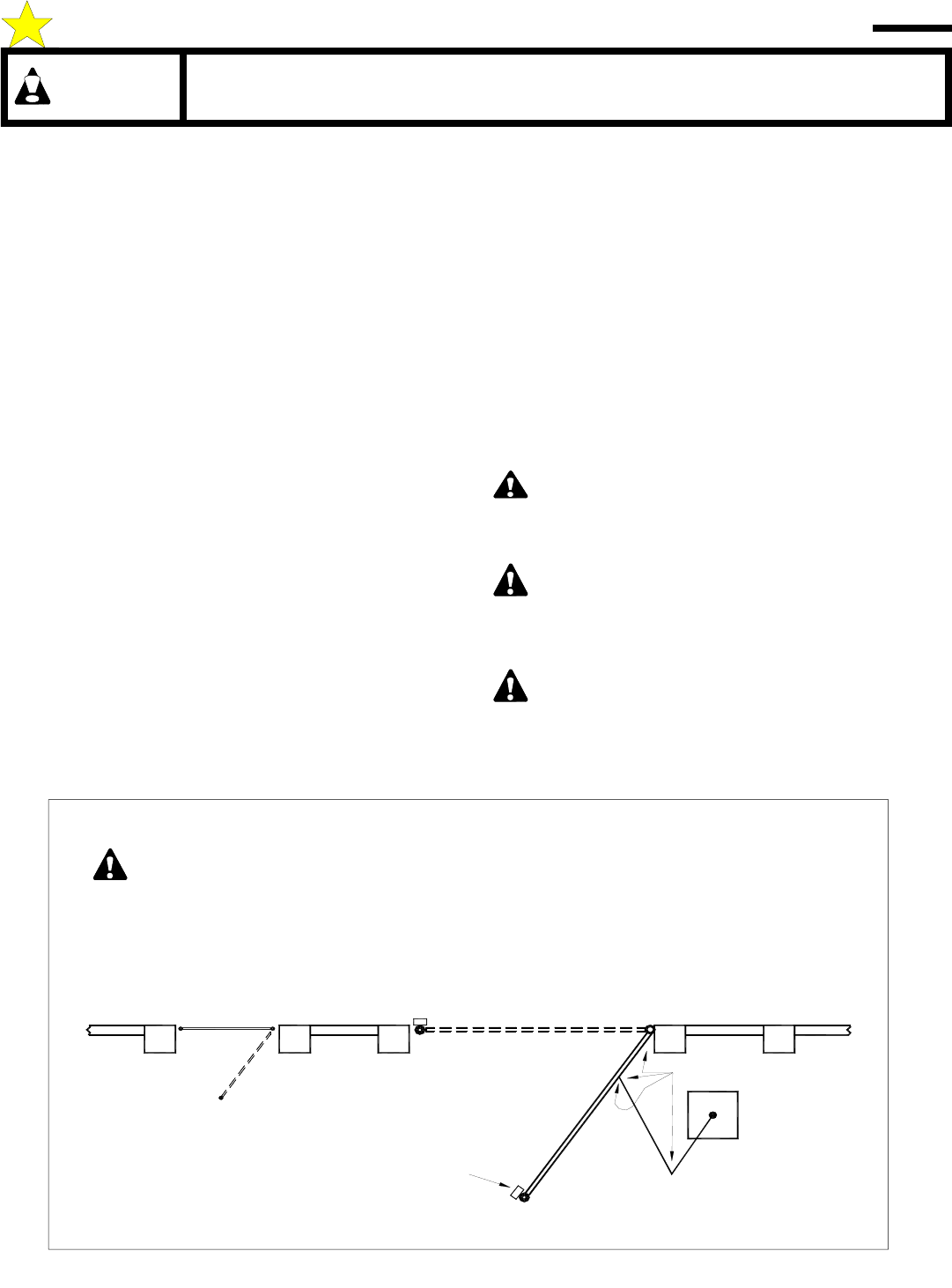
24
To the Owner/End User of Allstar’s GS4000:
Thank you for choosing an Allstar product. We are confident you will
have many years of use and satisfaction with your gate operator.
Your GS4000 Operator is part of your unique gate operating system,
which may consist of a variety of components, including the gate, the
gate tracks, posts, and electronic safety features. These components
combined present certain risks and safety issues of which you, the end
user, must be aware.
Each unique system presents a unique set of hazards which we cannot
possibly address individually. These instructions will help you to
identify the potential risks and safety issues your gate operator system
presents, and guide you as you make your system as safe as possible for
everyone who uses it.
Your first step is to consider the intended use of the gate system, who
will be using the gate system, and in what manner the system is
installed. You should have a clear understanding of how often the gate
will be opened, who will be opening it, whether children and the
general public will be near the gate system, and how close the gate
system is to public property. Once you have answered these questions,
you are ready to decide what safety measures must be taken to prevent
injury.
To minimize the risk of entrapment in your gate system, install the
following safety features:
• Electric gate edges
• Enclosed tracks
• Vertical guard posts
• Protective screen mesh
• Photoelectric sensors
• Instructional and precautionary signs
• Covers for exposed rollers
Each safety feature is a separate component in your gate system. Read
and follow all instructions for each of the components of your unique
system. Ensure that all instructions for mechanical components,
safety features and the Allstar GS4000 are available for everyone
who will be using your gate system.
The two warning signs shipped with your GS4000 Operator (See Figure
4, Page 5 of this manual) must be installed in prominent positions on
both sides of your gate. Keep them clean and legible.
Read and put into practice the safety points that follow which present
the basic guidelines for the safest operation of your gate operator
system.
SAVE THESE INSTRUCTIONS !
PRECAUTIONS FOR PEDESTRIAN TRAFFIC OR RESIDENTIAL AREAS.
The internal operator overload sensor may not be adequate entrapment protection in all situations to prevent arm,
leg, or hand injuries. Padded electric gate edges, pneumatic gate edges, or photoelectric sensors are therefore
necessary when automatic gates are used near pedestrian traffic. See the figure below. Use of a pedestrian walk gate
is mandatory where there is nearby pedestrian traffic.
Pinch point areas
Electric edge on leading edge of gate
Vehicular Gate Pedestrian Walk Gate
104948
Figure 25: Entrapment Protection
AVOID ENTRAPMENT: Stay away from the path of the gate
and all moving parts (gate arms, etc.) at all times. Keep clear of the
pinch points identified below.. Install guards or other safety features to
prevent access to pinch point areas. Install guards on open rollers.
PREVENT PERSONAL INJURY OR DEATH: Do not stand
near or on the gate. Gate may be activated without notice. Do not
allow anyone to “ride” the gate, or place arms or legs through the gate. The
force of the gate can cause serious personal injury or death. No one should
cross the path of a moving gate.
NO CHILDREN OR PETS ALLOWED: Never allow a child to
operate gate controls, “ride” a gate, or play in the area of a gate.
Install and store all controls out of children’s reach. Also, pets must be
kept away from the gate. Install a pedestrian gate in applications where
children or pets need access.
This entrance is for vehicles only. Pedestrians must use a separate entrance.
IMPORTANT SAFETY INSTRUCTIONS. TO REDUCE THE RISK OF SEVERE INJURY OR
DEATH: READ AND FOLLOW ALL INSTRUCTIONS IN THIS MANUAL!
WARNING!
F: END USER INSTRUCTIONS GATE OPENER OPERATION & SAFETY GUIDE



